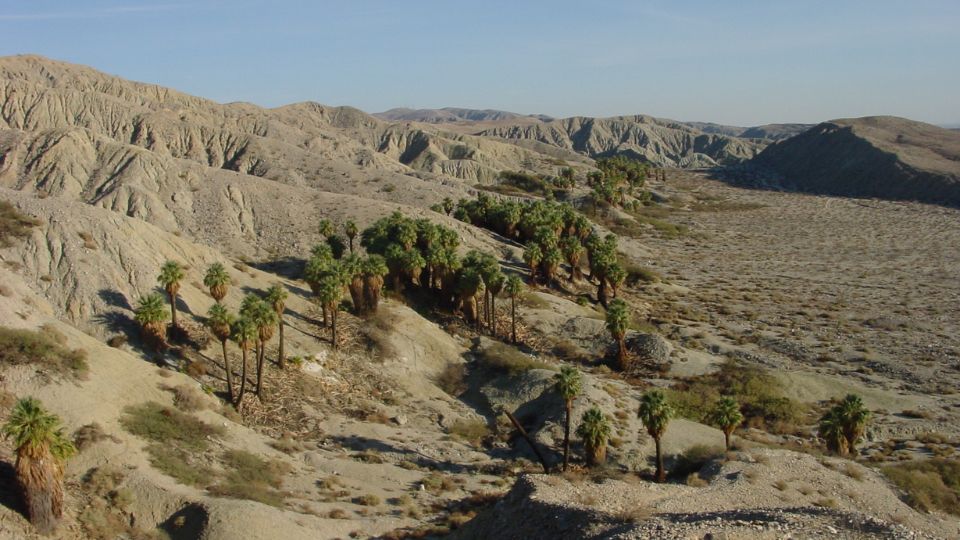Colorado has a diverse landscape with beautiful mountains, lush forests, and dry deserts. The Great Sand Dunes National Park and Preserve is considered the most remarkable and dangerous among these deserts. This park is located in the San Luis Valley and it has the tallest sand dunes in North America, which are over 750 feet high.
The park includes many different types of environments, such as wetlands, grasslands, alpine lakes, and forests. The park is very beautiful, but it can be dangerous because of things like very hot or cold weather, strong winds, lightning, encounters with wild animals, and the risk of becoming dehydrated. In this blog, we will discuss why the Great Sand Dunes is considered the most dangerous desert area in Colorado. We will explore the risks involved and give advice on how to have a safe and enjoyable visit.
The Great Sand Dunes: Terrain and Weather that is Hard to Predict
The Great Sand Dunes are unique because they have unpredictable weather and terrain. This makes them the most dangerous desert area in Colorado. The park is located at the bottom of the Sangre de Cristo Mountains. It doesn’t get much rain, with less than 12 inches of precipitation each year. This makes it one of the driest areas in the state.
Visitors may find it challenging to deal with the temperature extremes, which can range from freezing winters to scorching summer days. On sunny days, the sand can get as hot as 150 degrees Fahrenheit. When the wind is very strong and gusty, reaching speeds over 40 mph, it can create sandstorms. These sandstorms make it hard to see and can cause irritation to the skin and eyes. In addition, the park is located at an elevation of 7,500 to over 13,000 feet. This means that the air is thinner, which can cause altitude-related problems such as sickness, headaches, and fatigue.
Things to be careful about when visiting the Great Sand Dunes
Visiting the Great Sand Dunes can be amazing, but it also has some risks and dangers. These include:
- Dehydration and Heat Exhaustion: The dry climate makes it more likely for people to become dehydrated and experience heat-related illnesses. These conditions can affect a person’s ability to think clearly and move properly.
- The park’s high elevation and lack of shade increase the chances of getting sunburned or sun poisoning from being in the sun for too long. This can cause damage to the skin and lead to other problems.
- Sand Injuries: The rough and hot sand can cause cuts, burns, and infections, which can affect the skin, eyes, ears, nose, and mouth.
- Wildlife Encounters: Different types of wildlife, such as bears, mountain lions, and venomous creatures, can be dangerous if they are provoked or startled.
- Getting Lost or Stranded: The large and ever-changing landscape makes it more likely for visitors to get lost or stranded. This is made worse by the limited options for communication.
Also read: This Biggest Blizzard in Ohio History Shut Down the Entire State
Tips for Having a Safe and Enjoyable Time at the Great Sand Dunes
To have a safe and enjoyable experience, visitors can follow these practices:
- Before you go to the park, make sure to do some research and plan ahead. Find out about the park’s conditions and what activities you can do there. Don’t forget to pack important things like water, food, sunscreen, and a first aid kit.
- Remember to drink enough water and stay cool: Drink plenty of water, avoid doing strenuous activities during the hottest part of the day, and find shade to avoid becoming dehydrated or experiencing heat-related problems.
- Stay safe in the sun and sand: Remember to put on sunscreen often, wear clothes that protect you, and avoid walking without shoes on the hot sand.
- Stay cautious around wildlife: Watch animals from a safe distance, don’t feed or provoke them, and keep your food and belongings secure to avoid encounters with wildlife.
- Stick to the designated trails, roads, and marked areas. Make sure to carry a map and compass to help you navigate.
Overall, the Great Sand Dunes may be difficult to navigate, but they provide a breathtaking and satisfying adventure. Visitors can enjoy the unique beauty of this extraordinary desert landscape by making safety a priority and following guidelines.



Leave a Reply